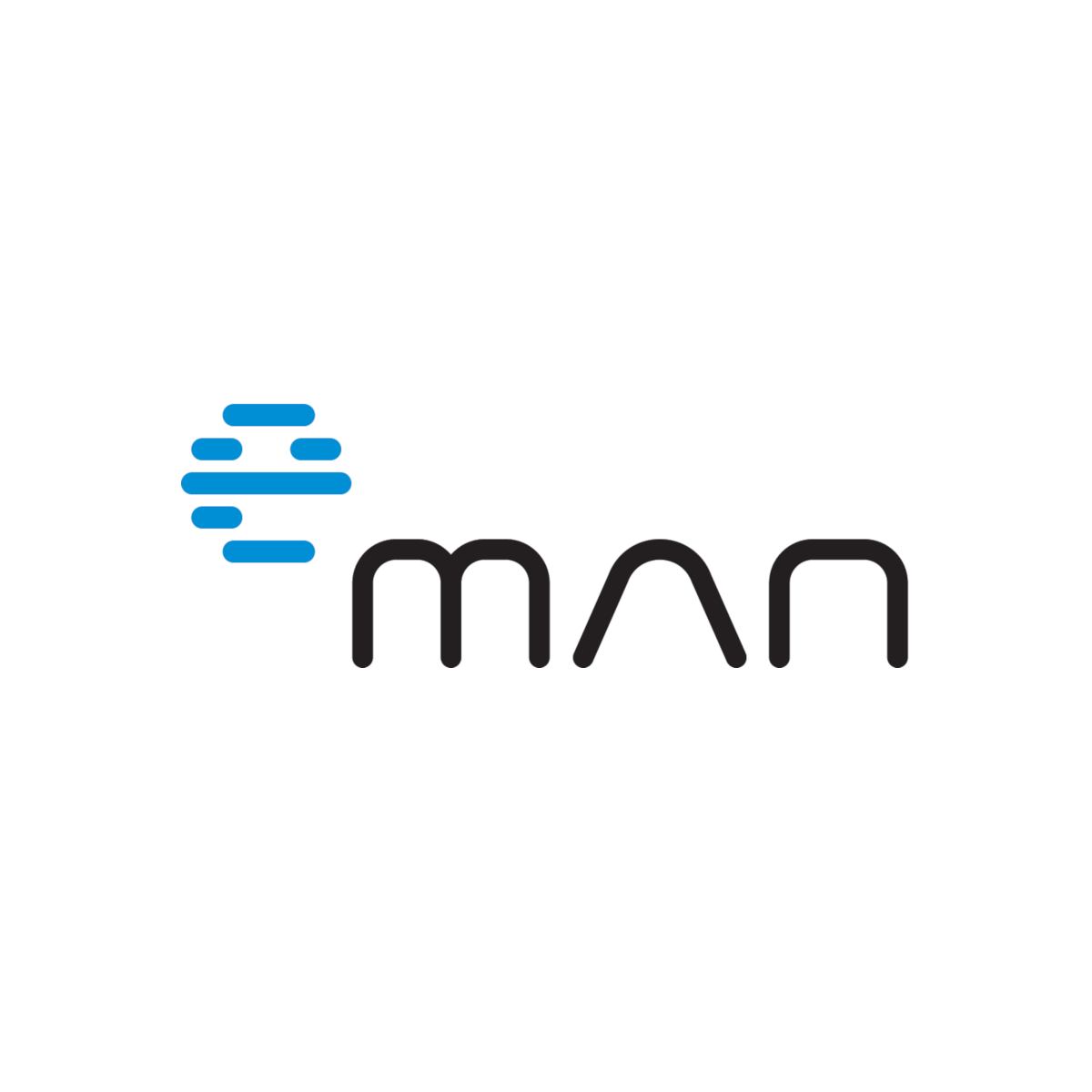In today's digital age, a mobile or web app is often essential for businesses to stay competitive. When it comes to app development, clients can choose from several options - native, multi-platform, hybrid and progressive web apps (PWA). Each solution has its own advantages and disadvantages and in this article we will discuss them from the client's perspective.
Which type of app to choose? Native vs. multiplatform vs. hybrid vs. PWA applications from the customer’s perspective

Native mobile apps
Native apps are developed specifically for a particular platform, such as iOS or Android. They are written in languages that are native to those platforms, such as Swift for iOS and Java or Kotlin for Android.
Benefits:
- Speed and performance: native apps have the advantage of being highly optimized for the specific platform they are developed for. The result is excellent performance and responsiveness, ensuring a seamless user experience.
- Full access to mobile device features:Native apps have direct access to mobile device features and capabilities such as camera, GPS, push notifications and more. This enables the development of rich and interactive features.
- Compromise-free user experience: because native applications are designed specifically for the platform on which they run, they can integrate seamlessly with the user interface and operating system design. This creates a familiar user experience.
Disadvantages:
- Development Time and Cost: Developing separate versions for different platforms may require more time and resources compared to other options because native apps are platform specific (iOS, Android).
- Maintenance: maintenance and continuous updates of applications are usually more time and cost consuming for native applications.
- Business sector: native applications are suitable for complex applications that require optimal performance and utilize specific device features. They are commonly used in industries such as banking, insurance, automotive and gaming.
Cross-platform mobile apps
Multiplatform applications are developed using frameworks that allow the application to run on multiple platforms using a single source code. Examples of multiplatform frameworks include React Native, Xamarin, and Flutter.
Benefits:
- Relatively lower costs: creating a multi-platform app allows you to write the program code only once and then run it on multiple platforms (iOS and Android), which can significantly reduce development costs.
- Faster time-to-market: the ability to share code across platforms speeds up development time and allows companies to get their app to market quickly.
- Suitable for sectors:Multi-platform apps are usually suitable for sectors such as manufacturing, retail, e-commerce and generally anywhere where it is important to offer users an app for both mobile platforms (iOS, Android).
Disadvantages:
- Lower performance: multi-platform mobile apps usually fall short of native app performance.
- Limited access to device features: although multi-platform frameworks have made significant progress in providing access to device features, there may still be limitations compared to native applications.
- User experience:Multi-platform applications may not fully adhere to the recommendations (guidelines) for the appearance of individual user interface elements of each platform, resulting in a slightly different user experience than users of that platform are used to.
Hybrid mobile apps
Hybrid applications are a combination of native and web applications. They are developed using web technologies (HTML, CSS and JavaScript) and then packaged in a native container, which allows them to be distributed via app stores (App Store, Google Play).
Benefits:
- Relatively lower cost: hybrid applications follow the same philosophy of a common code base as multi-platform applications, resulting in lower development costs compared to native applications.
- Ease of maintenance:With a single code base, maintenance of hybrid applications is simplified, reducing the time and effort required for updates and bug fixes.
- Suitable for sectors:Hybrid applications are particularly suitable for industries that require cross-platform application availability, such as retail, ecommerce and content-based applications (news apps, media).
Disadvantages:
- Lower performance:Hybrid applications may have limitations in terms of performance, especially in the case of complex functions or heavy use of device features.
- UI limitations: hybrid apps usually don’t mimic the look and feel of native apps perfectly, which can lead to a UI that looks less like the native one.
- Limited access to device features:While hybrid apps have access to some device features, they are usually more limited compared to native apps.
Progressive Web Applications (PWA)
PWAs are basically web pages that have the look and feel of native applications. They are accessible through web browsers but can be installed on users’ devices, providing a more app-like experience.
Benefits:
- Cross-platform availability: PWAs are accessible via web browsers on different platforms, so there is no need to develop separate applications for different platforms.
- Relatively lower cost: since PWAs are developed using web-based technologies, the cost of developing them can be lower.
- Easy updates:PWA updates are seamless because users always have access to the latest version when they are connected to the internet.
- Suitable for sectors: PWAs are suitable for sectors where a strong online presence and findability (thanks to indexing by Google or List) is important, such as retail, e-commerce and content-based applications.
Disadvantages:
- Limited access to device features: PWAs have limited access to device features compared to native apps, although recent advances in web APIs have improved this aspect.
- Offline function: Although PWAs can function offline to some extent, they may lack the full functionality of native applications if an internet connection is not available.
Table – quick comparison
| Development and maintenance costs | Application development time | Power | Access to mobile device features | User Experience (UX) | |
| Native applications | Higher | Longer | Excellent | Full access | Seamless |
| Cross-platform applications | Medium | Shorter | Good | Partial access | Slight differences from the native environment |
| Hybrid applications | Medium | Medium | Sufficient | Restricted access | Slight differences from the native environment |
| Progressive Web Applications (PWA) | Lower | Shorter | Sufficient | Restricted access | Comparable to the mobile web |
In conclusion, choosing the right app development approach depends on various factors such as budget, project requirements, target audience and industry. Native apps provide the best performance and access to device features, but can be more expensive and time consuming to develop. Multiplatform and hybrid apps are cost-effective options that offer easier maintenance and wider reach, while PWAs provide a web-like experience across platforms.
It is important to always consider specific needs. We’re here to help you find the ideal solution that fits your business goals.
